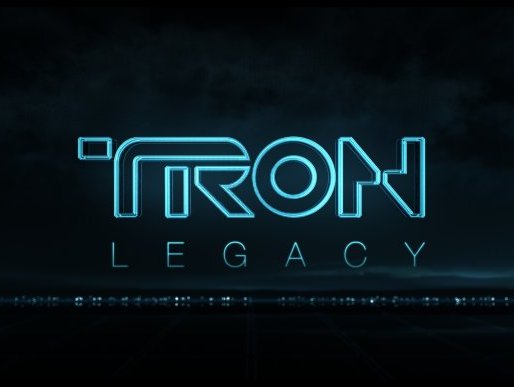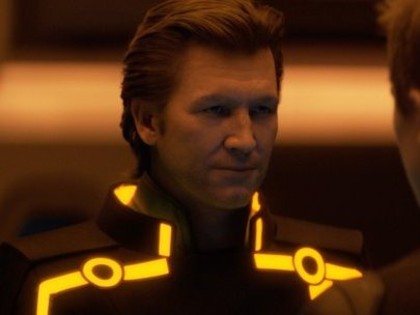The 3D world of Tron: Legacy

The original Tron, released back in 1982, was famously prophetic. Not only did it foreshadow a vision of the internet as a (badly dressed, game obsessed) community, back when the term broadband hadn't even been coined, it also ushered in a bold new era of visual effects.
Now decades later, the Tron universe has been rebooted with the spectacular Tron Legacy, a dizzying audiovisual techno-mash of a movie. To learn more Tech Radar caught up with director Joe Kosinski on the London leg of Tron Legacy's European launch tour.

Lightcycle not bandwagon
Tron Legacy is a film infused with pioneering technology. It's the first 3D movie to integrate a photorealistic digital head and body into the cast, the first to partner with a videogame company (Electronic Arts) for motion capture and the first to utilise self-illuminating suits, powered by batteries hidden in the character's backpack LED Light discs.
But for most movie-goers, the headline technology for the bigscreen blockbuster will be its use of 3D. In many respects, the film picks up where Avatar left off, both in terms of vision and technology.
Joe Kosinski says that the Tron sequel is not another movie jumping the 3D bandwagon. He says it was always conceived as a cutting-edge 3D movie: "Yes, from the very beginning, three years ago; two years before Avatar was even released, we were committed to making a fully 3D movie, shot with the Cameron Fusion system."

Discipline
Sign up for breaking news, reviews, opinion, top tech deals, and more.
3D film-making was a discipline Kosinski was keen to explore, despite the technical challenges it posed. "3D cameras are big and heavy and when you're shooting in 3D there are a lot of extra variables to take into account," says Kosinski, "but it it's a really nice option to have with this kind of movie, because it allows you to immerse your audience in a very different way."
Although the audience is required to wear 3D glasses throughout, the movie only shifts into 3D when Garrett Hedlund, the son of missing computer genius Jeff Bridges, is transported to the digital world of the Grid. "We've gone for a Wizard of Oz approach, the 3D really starts when we get into the Grid," he says. Consequently, its use of 3D doesn't feel like marketing hype. It serves the story.
While viewers have become familiar with the tricks and conceits of digital movie-making over the past few years, Tron Legacy still manages to surprise.
The reappearance of CLU, in the form of a younger digital version of Jeff Bridges, is one scene-stealer. The first photorealistic 3D digital character based on a living actor, CLU is a remarkable step up from the digital renders of Tom Hanks (Polar Express) and Jim Carrey (A Christmas Carol).
The director says he hope the majority of popcorn munchers won't even realise that CLU is a digital character. "I hope they consider him real," he says. "It's hard to keep secrets with the way the internet works; everyone knows everything or they're trying to find out about all the behind the scenes stuff."

A different kind of 3D
Tron Legacy is far from another cookie-cutter 3D yarn. Kosinski, who cut his teeth on videogame TV commercials for Gears of War and Halo, has clearly endeavoured to do something rather fresh with his 3D lens.
Rather than keep everything sharp to infinity, the director has mixed parallax effects with conventional compositions using selective focus. Not only is this technique eye-catching when used in the third dimension, it'll doubtless serve the film well when it's viewed in conventional 2D. Also distinctive is a striking use of top-downward looking shots, which mix height and depth to create an unsettling POV.

Steve has been writing about AV and home cinema since the dawn of time, or more accurately, since the glory days of VHS and Betamax. He has strong opinions on the latest TV technology, Hi-Fi and Blu-ray/media players, and likes nothing better than to crank up his ludicrously powerful home theatre system to binge-watch TV shows.